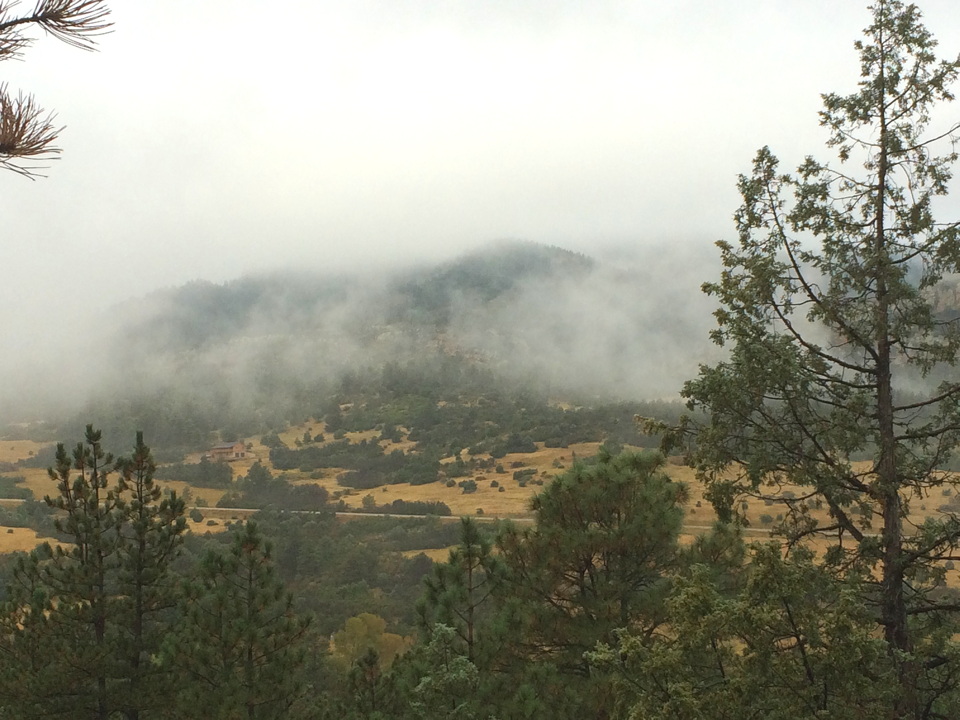 I am a little more than halfway through Miranda Aldhouse-Green’s Caesar’s Druids: Story of An Ancient Priesthood.
I am a little more than halfway through Miranda Aldhouse-Green’s Caesar’s Druids: Story of An Ancient Priesthood.
As the British archaeologist Stuart Piggott pointed out back in the 1960s, there are no texts written about Druids by Druids. The sum of what ancient writers of the Greco-Roman world wrote would fill a few typed sheets—and many of those writers never saw a Druid.
One of the few who did was, of course, Julius Caesar, and he was busy trying to conquer and then govern their societies in Gaul and Britain, which gives his writing a certain slant.
Miranda Aldhouse-Green’s approach, however, is to look at the archaeological evidence, chiefly from Britain and France, and then reason like this: If the archaeology shows elaborate grave construction, or evidence of repeated sacrifices (including human) at a special site, or temple construction, or burials of certain high-status individuals who were not necessarily kings or queens, then that level of religious complexity implies that there were religious specialists to administer it.
And if we try to describe those religious specialists—using primarily Caesar’s writings and those of Tacitus, but also other writers who actually met Druids or their descendants in Gallo-Roman society—then we can probably assume that they were the Druids. She writes,
In order to make any sense of the Druids as a powerful class of religious leads we can examine contemporary material culture for, if they did exist in Caesar’s day, the Druids would have operated within a context of regalia, ritual equipment, sacrifice, and sacred places (xvi).
Much of the book, therefore, discusses ancient sacred sites, excavated burials, artifacts, etc., leading to open-ended questions on the line of “Do these artifacts mark this as the grave of a Druid?”
Generally these seem to be reasonable inferences, although even if one could be sure that it was the grave of a Druid, for example, that still says nothing about what that Druid thought, believed, or did. So often the texts that claim to answer those questions come from a writer who lived at the other end of the Mediterranean Sea from the nearest Druid.
Nevertheless, it is a thought-provoking book. I had not realized the extent of the archaeological evidence that could be brought out and associated at least hypothetically with the Druids.
Her evidence of religious practice in the space between Roman and Gallic or British ways is most fascinating, for it would suggest perhaps that “Druidism” changed and evolved when in contact with the Roman world and Roman religion. (Despite what happened on Anglesey [Mona] in 60 CE, not all Druids were ever killed.)
Like this:
Like Loading...




